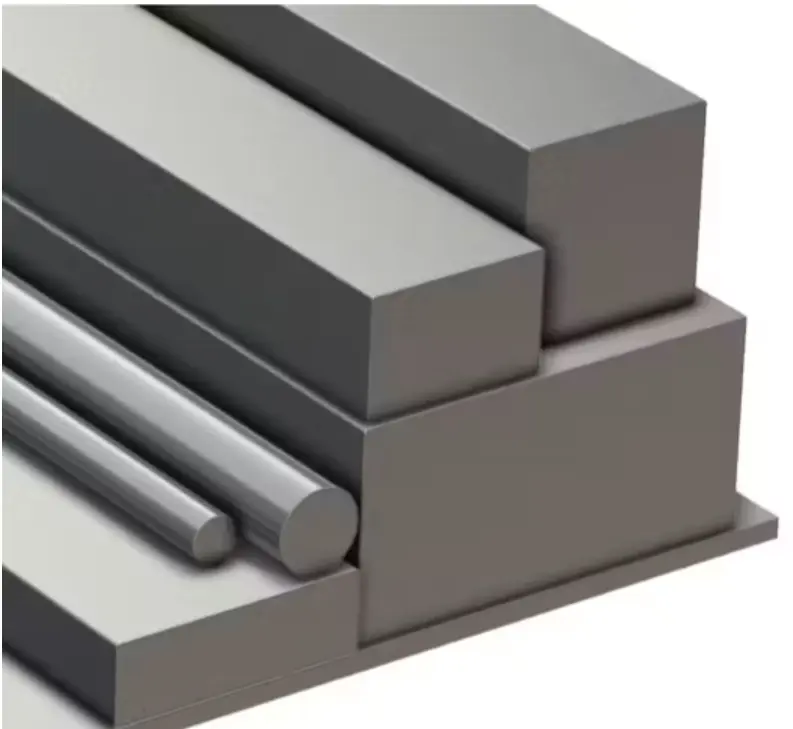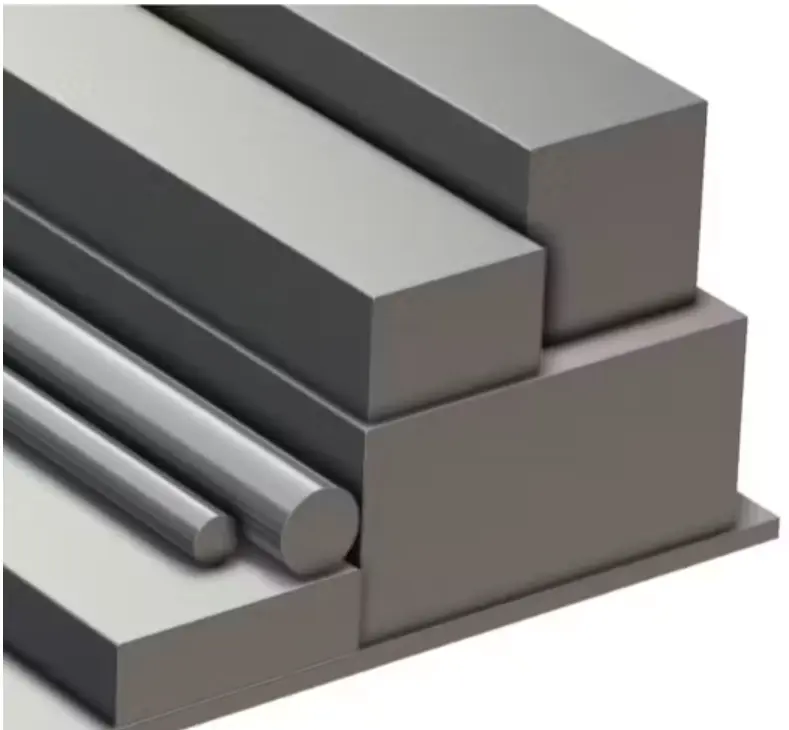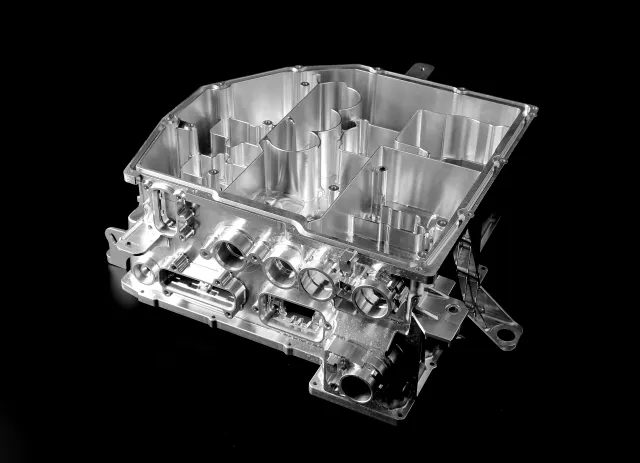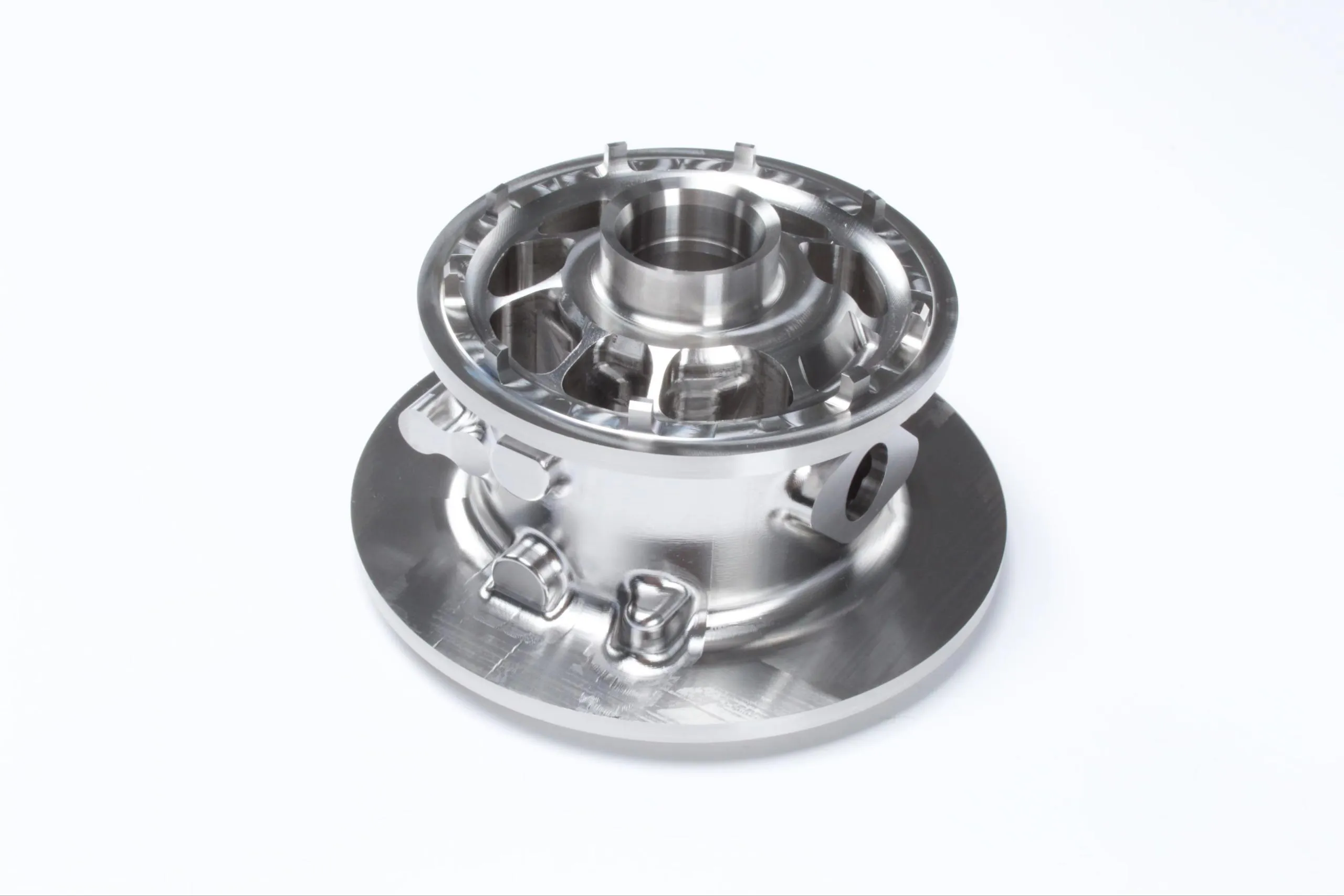As one of the most prominent steels used today, mild steel is known for being highly machinable and reasonably priced. It’s also ductile and weldable, which is why it’s a hit in many industries, like construction and automotive. Let’s learn more about this useful metal.
What is Mild Steel?
Also known as low-carbon steel, mild steel is an iron with a carbon content of up to 0.2%. It might have other alloying elements in it, but carbon is the main one here. There are different grades of this steel type, and each one has a different carbon content—the more carbon a grade has, the stronger it will be, but it will sacrifice some of its ductility. Manufacturers also like to play around with other properties like tensile strength, corrosion resistance, and wear resistance by throwing other elements in the mix, like manganese, for example.
You can recognize mild steel by its four-digit AISI (American Iron and Steel Institute) classification codes because they usually start with a 10 and end with two numbers that are less than 20, which shows roughly how much carbon it contains in hundredths. Most of these types of steel have low quantities of phosphorus and sulfur—usually under one percent—but they’re considered impurities, so keeping them low is a must. It’s used to make things like auto bodies, furniture, wire, rebar, and fasteners, and stronger versions are often made into structures and storage tank plating. Here’s an example of some bars made from this material:

What Is the Composition of Mild Steel?
Mild steel is made up of an iron (Fe) base with the addition of small amounts of carbon. Low-carbon steel is typically defined as having less than 0.2 % carbon by ASM International. Different grades of mild steel are defined by their differing levels of carbon. Another common alloying element is manganese (Mn).
Where Is Mild Steel Used?
Mild steel is a general-purpose material that can be found in most industries. Some typical applications include: car bodies, furniture, wire, rebar, and fasteners. Higher strength mild steel is used for structures and storage tank plating.
How Much Carbon Is in Mild Steel?
The amount of carbon in mild steel is less than 0.2 % by weight. According to AISI (American Iron and Steel Institute), low-carbon steel is a type of mild steel.
 Olivia
Published Date: 2025/10/20
Olivia
Published Date: 2025/10/20



